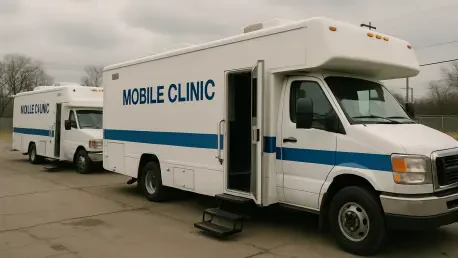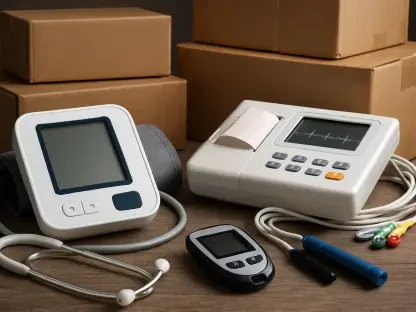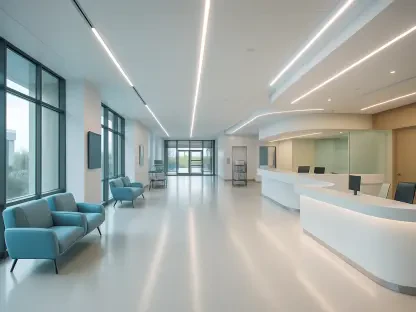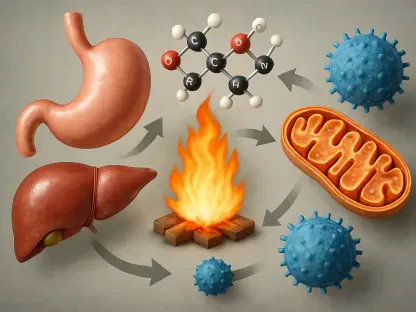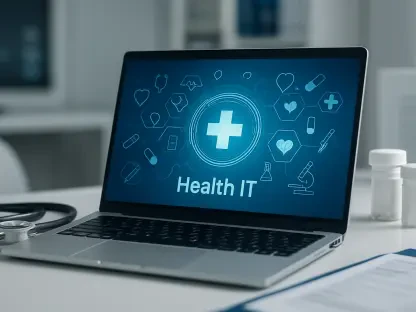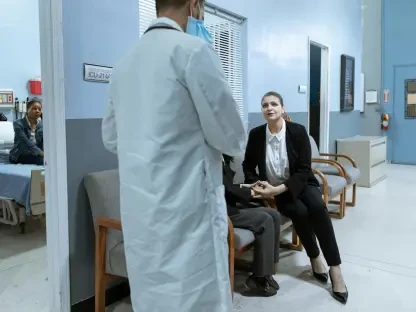Healthcare access in Native communities poses significant challenges due to rural settings and traditional mistrust of federal health services. A staggering statistic reveals that during the measles outbreaks, Native American tribes faced incredibly low vaccination rates compared to national averages. This eye-opening reality underscores the crucial need for effective healthcare solutions in these communities. To address these challenges, mobile clinics have emerged as a promising trend, enhancing healthcare accessibility and overcoming traditional barriers.
Current Adoption and Growth of Mobile Clinics
Data and Trends in Mobile Clinic Adoption
Mobile clinics are experiencing substantial growth within Native communities, indicating an upward trend in their adoption. Recent data highlights a marked increase in mobile clinic initiatives specifically targeting Native American regions, emphasizing the momentum gained in this movement. Credible sources and reports reveal the extension of these mobile services, illustrating growing awareness and acceptance among community leaders and health organizations. This trajectory of growth showcases an adaptive solution to traditional healthcare challenges, driven by increased demand and supported by statistical evidence.
Real-World Applications and Success Stories
The efficacy of mobile clinics in Native communities can be vividly seen through real-world applications and success stories. Case studies, such as those of mobile clinics operating in Rapid City, demonstrate tangible benefits, including increased vaccination rates and improved healthcare access. These examples offer insights into specific initiatives where mobile clinics have effectively addressed logistical barriers like transportation, enabling timely delivery of healthcare services. Personal stories, like Cassandra Palmier and her son, who benefited from a mobile clinic, further illustrate these successes and reinforce the potential of mobile clinics in transforming healthcare delivery.
Expert Insights and Opinions
The opinions of healthcare experts reveal the profound impact and significance of mobile clinics in Native communities. Healthcare professionals underscore the potential of mobile clinics in expanding healthcare reach while navigating challenges such as logistics and vaccine skepticism. These issues are recurrent obstacles that experts acknowledge, positioning mobile clinics as catalysts for change. Professionals continue to emphasize education, community engagement, and innovative logistical strategies as vital approaches to mitigating these challenges, asserting that mobile clinics are more than service providers—they become trust builders within these communities.
Future Prospects of Mobile Clinics in Native Communities
The trajectory of mobile clinics in Native communities suggests promising future prospects as healthcare solutions continue to evolve. Potential developments are anticipated to further bolster healthcare accessibility and efficiency, reflecting broader trends within the healthcare field. Experts and analysis foresee potential advancements arising in resources, technological integration, and educational outreach, each contributing towards enhanced healthcare delivery for Native populations. While challenges persist, solutions like mobile clinics offer adaptive models that continue evolving, driven by an underlying commitment to better serve these communities.
Conclusion and Call to Action
Past implementations of mobile clinics prove their indispensable role in Native communities, validating their effectiveness in bridging healthcare gaps. Their ability to overcome logistical barriers and foster trust makes them vital resources for future healthcare strategies within these regions. Moving forward, further support and innovation are crucial for boosting mobile clinics, ensuring sustained healthcare access and quality for Native populations. Collaboration between healthcare entities and Native tribal leadership can foster continuous improvements, confirming mobile clinics as dynamic components of broader healthcare evolution.
